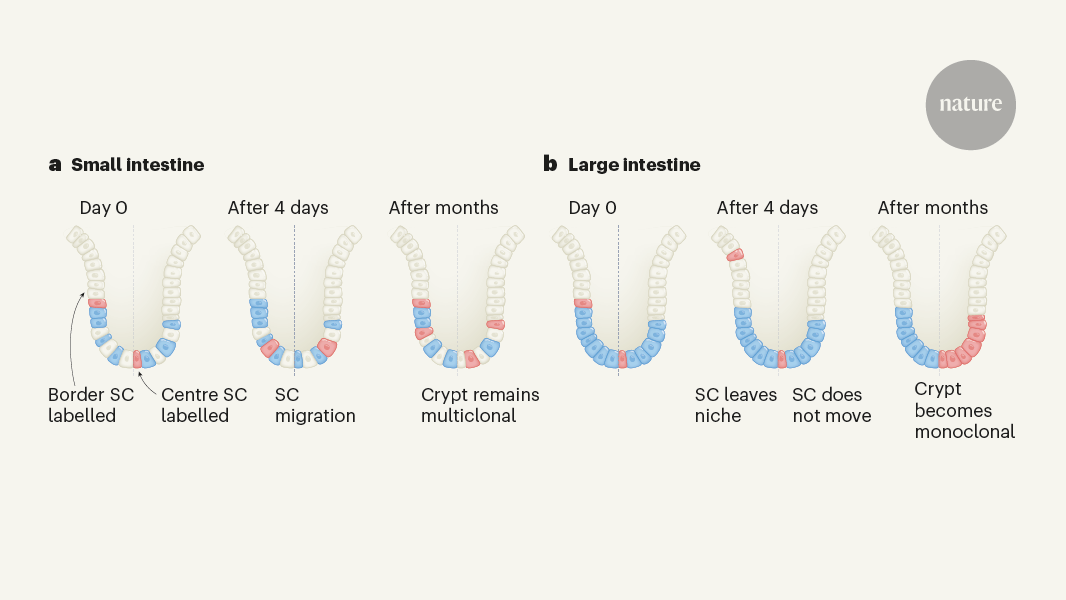- Select a language for the TTS:
- UK English Female
- UK English Male
- US English Female
- US English Male
- Australian Female
- Australian Male
- Language selected: (auto detect) - EN
Play all audios:
ABSTRACT IT is well known that the gestures of articulation which produce the consonants _L, T_, and _K_ are not alays made respectively in exactly the same position in the mouth, and that
the exact position is more or less dependent on the vowel with which the consonant in question is associated. Access through your institution Buy or subscribe This is a preview of
subscription content, access via your institution ACCESS OPTIONS Access through your institution Subscribe to this journal Receive 51 print issues and online access $199.00 per year only
$3.90 per issue Learn more Buy this article * Purchase on SpringerLink * Instant access to full article PDF Buy now Prices may be subject to local taxes which are calculated during checkout
ADDITIONAL ACCESS OPTIONS: * Log in * Learn about institutional subscriptions * Read our FAQs * Contact customer support SIMILAR CONTENT BEING VIEWED BY OTHERS A SYSTEMATIC REVIEW AND
BAYESIAN META-ANALYSIS OF THE ACOUSTIC FEATURES OF INFANT-DIRECTED SPEECH Article 03 October 2022 TRILLED /R/ IS ASSOCIATED WITH ROUGHNESS, LINKING SOUND AND TOUCH ACROSS SPOKEN LANGUAGES
Article Open access 20 January 2022 CONSONANT LENGTHENING MARKS THE BEGINNING OF WORDS ACROSS A DIVERSE SAMPLE OF LANGUAGES Article Open access 24 September 2024 AUTHOR INFORMATION AUTHORS
AND AFFILIATIONS * 1 Devonshire Terrace, W.2 R. A. S. PAGET Authors * R. A. S. PAGET View author publications You can also search for this author inPubMed Google Scholar RIGHTS AND
PERMISSIONS Reprints and permissions ABOUT THIS ARTICLE CITE THIS ARTICLE PAGET, R. The Origin of Speech. _Nature_ 120, 47–48 (1927). https://doi.org/10.1038/120047a0 Download citation *
Issue Date: 09 July 1927 * DOI: https://doi.org/10.1038/120047a0 SHARE THIS ARTICLE Anyone you share the following link with will be able to read this content: Get shareable link Sorry, a
shareable link is not currently available for this article. Copy to clipboard Provided by the Springer Nature SharedIt content-sharing initiative



:max_bytes(150000):strip_icc():focal(839x209:841x211)/Carl-Nassib-3e327c43f04246939ff6222263e6b969.jpg)



